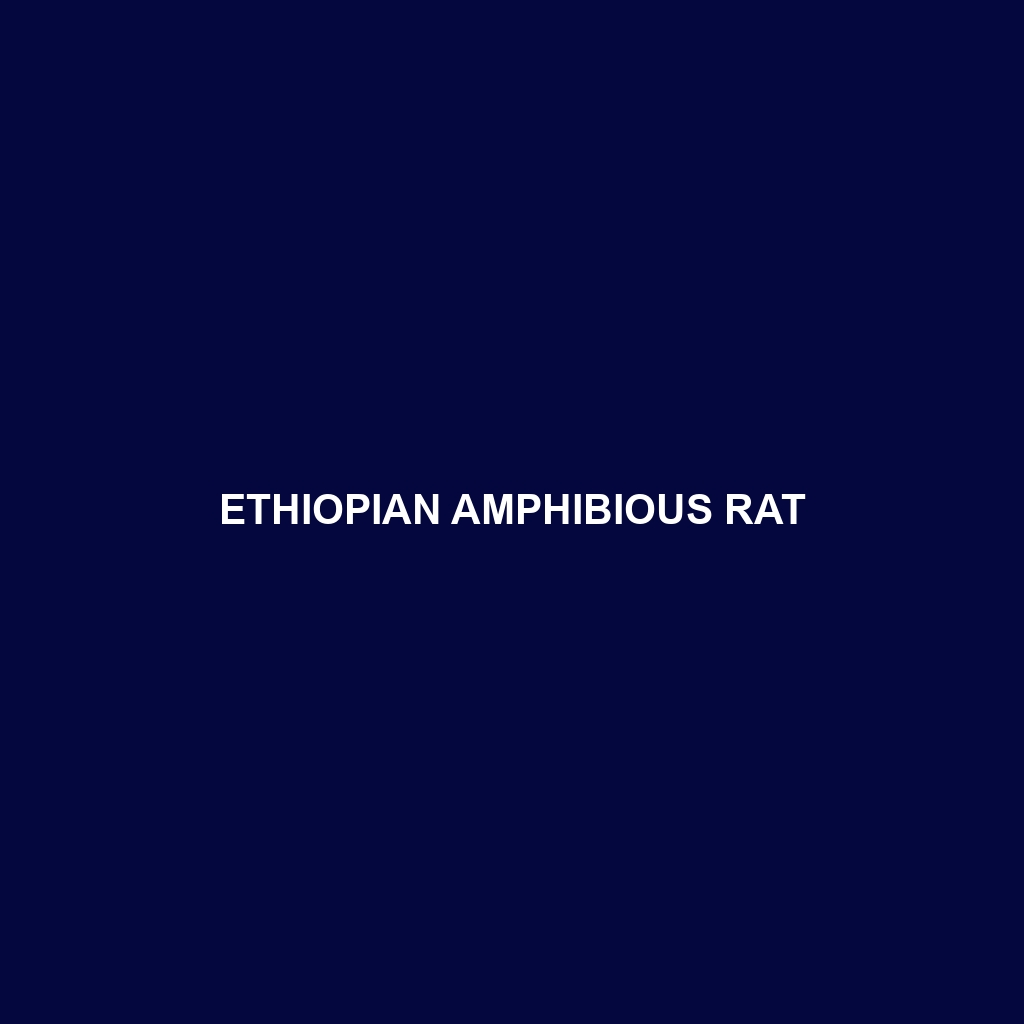Ugandan White-toothed Shrew
Common Name: Ugandan White-toothed Shrew
Scientific Name: Crocidura kivuensis
Habitat
The Ugandan White-toothed Shrew is primarily found in the lush, moist forests and grasslands of Uganda, particularly in the regions surrounding the foothills of the Rwenzori Mountains. This species thrives in tropical and subtropical environments, where it can burrow in soft, loamy soils, providing the ideal conditions for its lifestyle. Additionally, it occupies areas with dense vegetation that offers ample cover from predators.
Physical Characteristics
Measuring approximately 10 to 12 centimeters in length, the Ugandan White-toothed Shrew features a sleek and elongated body. Its soft fur is typically a mix of gray and brown, with a distinctively lighter underbelly. One of its most notable characteristics is its white or pale-colored teeth, which contrast starkly against its dark fur, making it easily identifiable. Its pointed snout and small, beady eyes are adaptations that enhance its foraging abilities.
Behavior
The Ugandan White-toothed Shrew is primarily a nocturnal creature, engaging in most of its activities during the night. It is known for its high metabolic rate, which necessitates foraging for food frequently. This shrew is often observed digging through the leaf litter and soil in search of insects and other invertebrates. Agile and quick-moving, the Ugandan White-toothed Shrew exhibits a variety of vocalizations that are thought to play roles in communication, particularly during territorial disputes.
Diet
This species primarily feeds on insects, earthworms, and small invertebrates, making it an important predator of pest populations. The Ugandan White-toothed Shrew employs its keen sense of smell to locate food hidden beneath the ground or within decaying plant matter. Its high-energy diet is essential for sustaining its active lifestyle and is characterized by its need to consume a large quantity of food relative to its body weight.
Reproduction
The breeding season for the Ugandan White-toothed Shrew typically occurs during the warmer months, peaking between May and July. Female shrews give birth to litters of up to five young after a gestation period of about 30 days. The young are born blind and hairless and are nursed for several weeks before they begin to explore their environment. Adult shrews reach sexual maturity quickly, often within a few months of birth, ensuring that populations can rebound swiftly.
Conservation Status
Currently, the Ugandan White-toothed Shrew is classified as Least Concern by the IUCN. However, it faces threats from habitat loss due to deforestation and land conversion for agriculture, which may impact its populations in the long term. Conservation efforts focused on habitat preservation are essential to maintain healthy populations of this species.
Interesting Facts
One fascinating aspect of the Ugandan White-toothed Shrew is its ability to consume more than its body weight in food each day. Additionally, these shrews play a significant role in controlling insect populations, aiding in the ecological balance of their habitats. Their unique dental structure also offers a glimpse into evolutionary adaptations among small mammals.
Role in Ecosystem
The Ugandan White-toothed Shrew serves a critical role in its ecosystem as a predator of insects and other small creatures. By keeping the populations of these organisms in check, it contributes to soil health and nurtures plant growth. Furthermore, the shrew serves as prey for larger predators, thus playing a vital part in the food web of its habitat.
